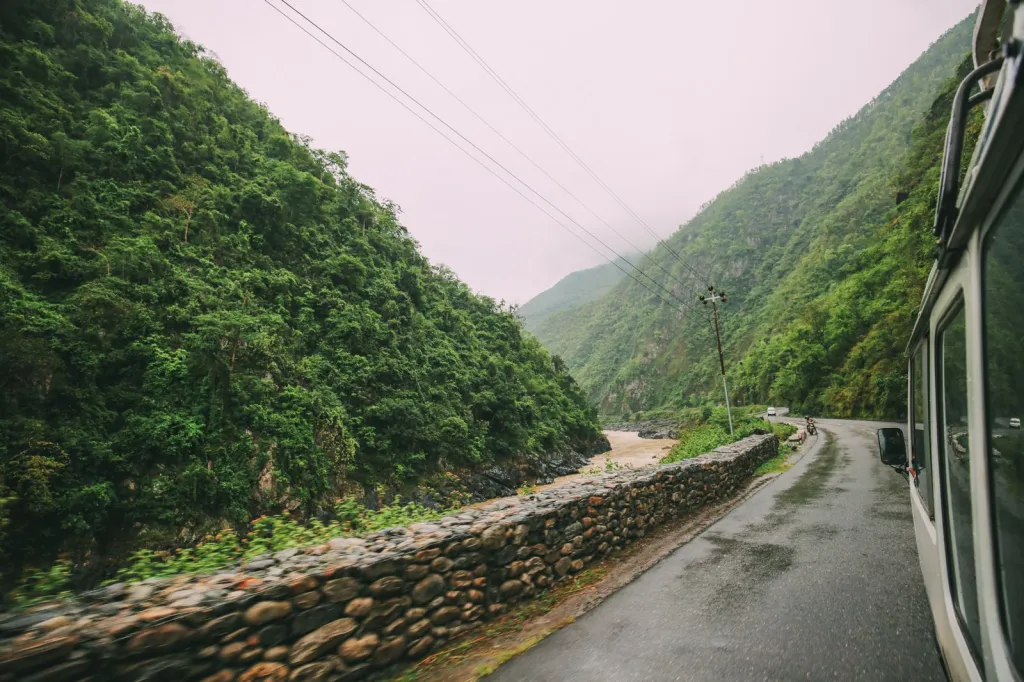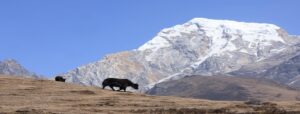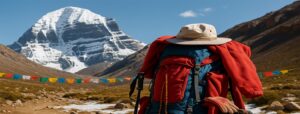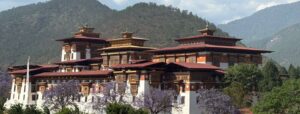Rupa Lake is a freshwater lake and is the third largest lake in Pokhara Valley, it is situated at the border of Pokhara metropolitan and Rupa rural municipality of Kaski district. Located at the altitude of the Annapurna range which covers an altitude of around 600 m, the surface area of the lake is about 1.35 km2. it has an average depth of about 3 m and a maximum depth of 6 m.
Some facts about Rupa Lake
- Formation: Rupa Lake is a glacial lake, formed by the melting and retreat of glaciers over thousands of years. The lake basin was carved out by the immense force of glacial erosion.
- Water Color: The lake water has a distinctive sky blue color, which is a result of the presence of glacial flour (finely ground rock particles) suspended in the water. This gives the lake its striking, almost surreal hue.
- Surrounding Peaks: Rupa Lake is encircled by several towering Himalayan peaks, including Dhaulagiri (8,167 meters/26,795 feet) and Nilgiri (7,061 meters/23,166 feet), adding to the lake’s dramatic and picturesque setting.
- Trekking Destination: Rupa Lake is a popular destination for trekkers and adventure enthusiasts exploring the Annapurna region. Several trekking routes, including the Annapurna Circuit and the Dhaulagiri Circuit, pass by or near the lake.
- Religious Significance: For some local communities, The Lake holds religious and spiritual importance, being considered a sacred site associated with Hindu and Buddhist beliefs.
These facts highlight Rupa Lake’s stunning natural beauty, high-altitude location, glacial origins, and significance as a trekking destination and sacred site in the Nepalese Himalayas.
How to get there
The lake resides 10 km away from Pokhara on the southeast part. There are different ways to reach the lake. If you want to go by bus, you can easily catch the bus to Prithvi Chowk, Pokhara. The bus ride takes you there within about 30 minutes. The bus price is cheap. Though you can take a private vehicle also to go lake. You can book a private vehicle through a tour agency.

Another way to reach the lake is by cycling. It takes you about Rs. 800/- to hire a bicycle for a day. You should be sure to submit the necessary documentation in order to hire a bicycle. You can hire a motorbikes too.
Permit and fees to visit Rupa Lake
There are no requirements for permits in order to enter rupa lake but you need to pay some fees if you want to do boating.
Also Read: Phewa Lake: Nepal’s Second Largest Freshwater Lake
The price of boating in Rupa Lake is comparatively lower than boating in Fewa Lake. The price depends on the type of boat which you are choosing and er the time. There you can canoe which costs about RS 400 for an hour.
Things to do
some of the popular things to do and activities to experience in and around the stunning Rupa Lake region:
- Trekking: Rupa Lake is a highlight along several famous trekking routes in the Annapurna region, such as the Annapurna Circuit and the Dhaulagiri Circuit. Trekking to and around the lake offers incredible views of the surrounding peaks and glacial landscapes.
- Camping: Many trekkers choose to camp near the shores of Rupa Lake, immersing themselves in the serene natural surroundings. Waking up to the reflections of the towering mountains on the lake’s surface is an unforgettable experience.
- Photography: The beautiful color of the lake, the rugged mountain backdrops, and the diverse flora and fauna make Rupa Lake a photographer’s paradise. Capturing the changing light and colors throughout the day is a popular activity.
- Glacier Exploration: The glaciers that feed Rupa Lake offer opportunities for guided glacier walks or exploratory hikes, allowing visitors to get up close to these massive rivers of ice.
- Cultural Immersion: While in the region, visitors can interact with the local Nepali communities, learning about their traditional lifestyles, customs, and beliefs, many of which are closely tied to the natural environment. You can observe the cage culture as well as pen culture in the lake for fish farming.
- Fishing: For those interested in angling, Rupa Lake offers the chance to try catch-and-release fishing for the high-altitude fish species that inhabit its waters.
- Meditation and Yoga: The tranquil surroundings and pristine natural beauty of The Lake make it an ideal spot for practicing meditation, yoga, or simply reconnecting with nature in a serene setting.
Whether you’re a trekking lover, a nature lover, a photographer, or someone seeking peace and solitude, the Rupa Lake region offers a diverse array of experiences amidst the spectacular Himalayan landscapes.
The best time to visit Rupa Lake
The best season to visit Rupa Lake and its surrounding areas in the Nepalese Himalayas depends on your preferences and the type of experience you’re seeking.
Spring (March to May):
– Mild temperatures, clear skies, blooming wildflowers in the alpine meadows.
– Potential for lingering snow on trails for the trekkers, some mountain passes may still be closed.
Summer (June to August):
– Warmest temperatures, long daylight hours, lush green landscapes.

– Increased chances of afternoon thunderstorms, potential for muddy trails, peak trekking season with more crowds.
Autumn (September to November):
– Stable weather, crystal-clear visibility, stunning fall colors in the lower elevations.
– Temperatures start to drop, with potential for early snowfall at higher altitudes.
This period from late September to early November is considered the prime trekking season and the best time to visit Rupa Lake for most visitors.
You may also like: Lakes of Nepal: Begnas Lake, the Third Largest Lake in Nepal
The weather is generally dry and sunny, with excellent visibility for enjoying the mountain vistas.
Winter (December to February):
– Fewer crowds, pristine snowy landscapes, potential for spotting rare wildlife.
– Extreme cold temperatures
Winter is a challenging but rewarding time for experienced trekkers and adventurers who don’t mind the bitter cold and snow. However, accessibility to Rupa Lake and the surrounding areas may be limited.
Need Help Planning a fun adventure?
Let our expert team at Asian Heritage Treks and Travel take care of everything — from guided tours to personalized packing tips and travel arrangements.
Plan a fun adventure






